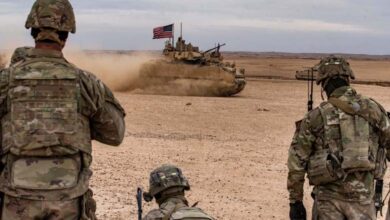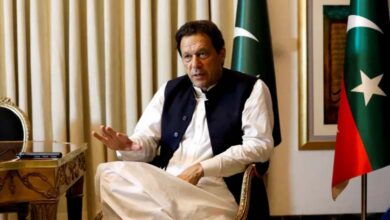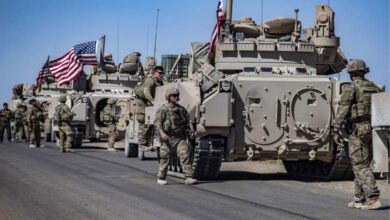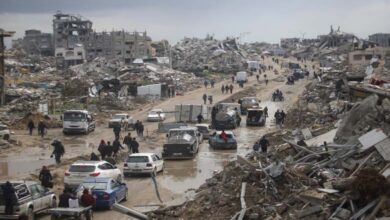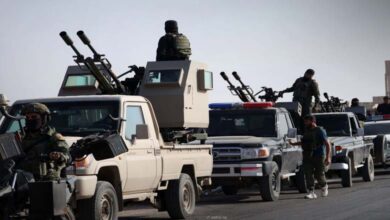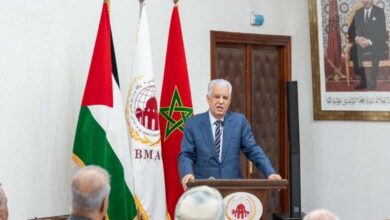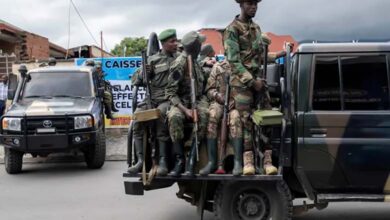Iran Trains al-Assad Loyalists in Iraqi Camps to Destabilize Syria
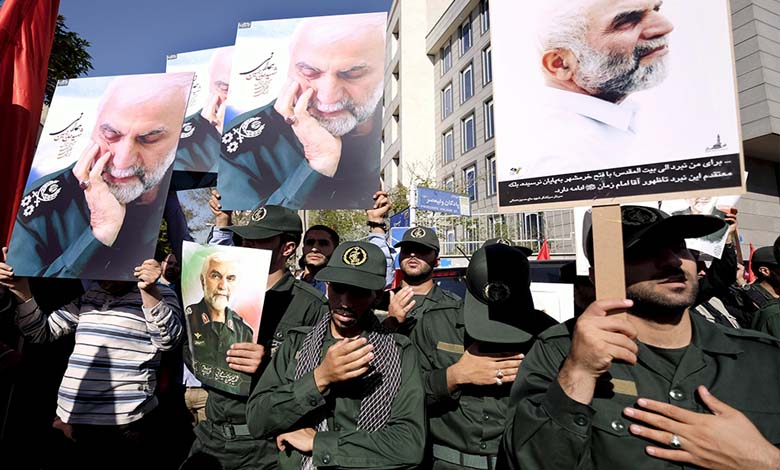
A U.S. report accuses Tehran of training individuals who fled to Iraq after the fall of the al-Assad regime in camps located in Iraq’s Anbar Province, with the help of allied Iraqi factions, to launch attacks inside Syria in an attempt to regain influence.
Intelligence and media reports have revealed organized Iranian efforts aimed at re-establishing Tehran’s military and political influence in Syria. This strategy involves recruiting and training Syrian fighters in desert camps inside Iraqi territory, forming part of a comprehensive plan to revive Iranian power after the collapse of former Syrian President Bashar al-Assad’s regime. This places considerable responsibility on Baghdad to address these threats and maintain border stability.
-
Meager Salaries and Stark Discrimination: Why Are Syrians Defecting from Iranian Militias?
-
Al-Sudani’s Openness to Normalization with Syria Fuels Divisions within the Coordination Framework
According to the American outlet The Media Line, Iran is currently training elements loyal to the former Syrian regime in camps within Iraq’s Anbar province, near the Syrian border, with assistance from pro-Iranian militias. These camps host thousands of fighters who once served under the al-Assad regime and fled Syria following the disintegration of its security and military structures.
The camps are concentrated in well-known areas such as Al-Qa’im and Jurf al-Sakhar, which are traditional strongholds of Iranian influence. Eyewitnesses and local residents confirm that hundreds of Syrian fighters have been seen being transported in four-wheel-drive vehicles—believed to belong to Iranian-affiliated Iraqi militias—to these desert camps. Training is directly supervised by officers from Iran’s Islamic Revolutionary Guard Corps, reflecting Tehran’s continued efforts to interfere in Syrian affairs through unofficial channels after losing its foothold in the country.
-
Iran attempts to move thousands of militants to border areas between Syria and Lebanon… Why?
-
Did Iran succeed in breaching the culture and official education in Syria?
The fall of al-Assad’s regime and his subsequent flight to Moscow created a significant political vacuum in Syria. However, the transitional government led by Ahmad Al-Sharaa quickly moved to reassert control over state institutions and gradually restore order. Still, remnants of the former regime remain active in certain regions, with external support, seeking to undermine the political transition, as seen in the coastal region in March.
Security reports implicate Rami Makhlouf, a businessman and cousin of al-Assad, in forming militias called the “Elite Forces” in coordination with former General Suheil Al-Hassan, long known for his ties to Russia. While these forces claim to protect residents of Syria’s coastal areas, evidence on the ground suggests they are part of efforts to revive the former regime, supported externally—most notably by Tehran.
-
A Syrian analyst reveals the Iranian plan and its objectives for expansion in the region
-
A drone killed a commander of Iran’s Revolutionary Guards near the Iraqi-Syrian border
These developments have raised alarms among Iraqi security officials, particularly amid growing reports of unusual activity along the Iraqi-Syrian border. Former Iraqi officer Omar Al-Karbouli stated, “The troop buildup near the Syrian border cannot be seen as a spontaneous or defensive move—it is a clear attempt by Iran and its militias to manipulate the situation in Syria from the outside.” He added that “the Iraqi government is aware of these actions but has not taken meaningful steps, which could negatively affect Iraq’s own stability.”
Al-Karbouli warned that Iran’s involvement via Iraqi territory puts Baghdad in a difficult position, both domestically and internationally, especially as pressure mounts to secure the borders and prevent their use as a launchpad for operations threatening regional security.
-
U.S. Report: Iran Supplies Long-Range Missiles to Iraqi Factions for the First Time
-
Drill or Disengagement? Has Iran Abandoned Its Regional Arms?
Leaders from Iran-aligned armed factions and political forces within Iraq’s Coordination Framework have also criticized Prime Minister Mohammed Shia Al-Sudani’s outreach efforts toward Damascus, particularly his invitation to Syrian President Ahmad Al-Sharaa to attend the Arab Summit in Baghdad this May.
Iraq’s government faces increasing regional and international pressure over its perceived leniency toward Tehran-backed militias operating within its borders—militias reportedly involved in arms trafficking and training militants that pose a threat to Syria’s security. Doubts persist regarding Baghdad’s commitment to controlling its western borders, which have become conduits for illicit activity undermining Syria’s stability and delaying its political transition. Diplomatic sources confirm that Iraq has recently faced accusations from Arab and international actors for failing to disarm and dismantle rogue militias despite the security threat they pose domestically and regionally.
-
Syrian Coast Events: Commitment to “Accountability” and Arrest of Suspects
-
The Emir of the Turkestan Islamic Party Leads Fighters in Syria from Kabul… What’s the Story?
Despite these criticisms, Iraqi authorities have expressed genuine security concerns about the return of cross-border terrorism and have requested that Damascus enhance security and intelligence cooperation along the shared border as part of recent rapprochement talks. Based on this official position, the onus is now on the Iraqi government to confront any cross-border actions that may destabilize Syria’s reconstruction process—requiring concrete steps beyond rhetoric, including full control of border crossings and halting any logistical support or tolerance for unauthorized armed activity.
With Iran’s influence in Syria waning and the loss of a key regional ally, the Islamic Republic is increasingly reliant on its proxies in Iraq and Lebanon to maintain its regional presence. Yet, this strategy now clashes with a new political reality in Damascus—one led by a regionally supported transitional government focused on state-building and restoring order.
Accordingly, Iran’s ongoing maneuvers from Iraqi territory serve as a critical test for the international community and neighboring countries to demonstrate their commitment to Syria’s stability and their resolve to counter foreign interventions that threaten the rebuilding of the new Syria.



